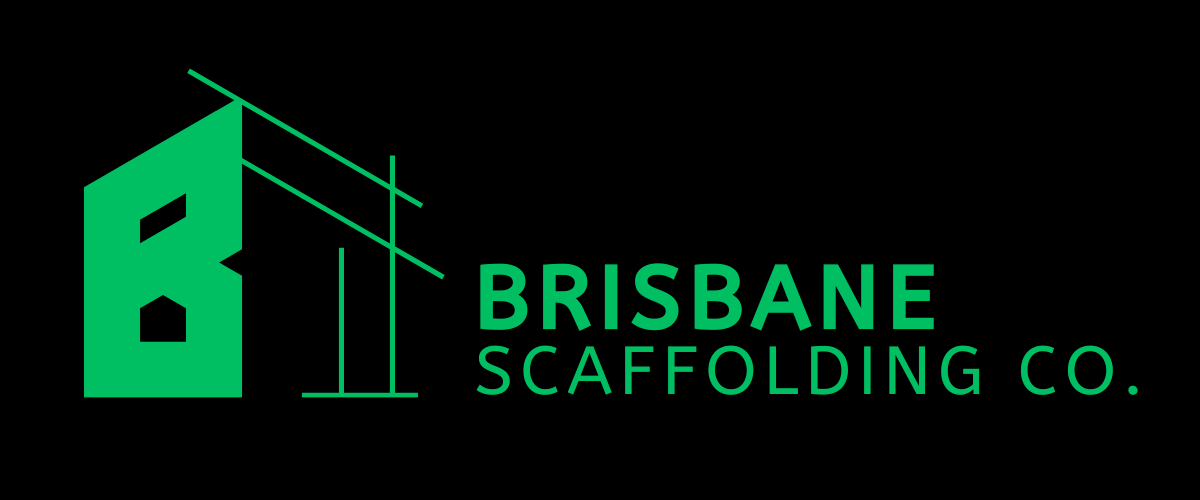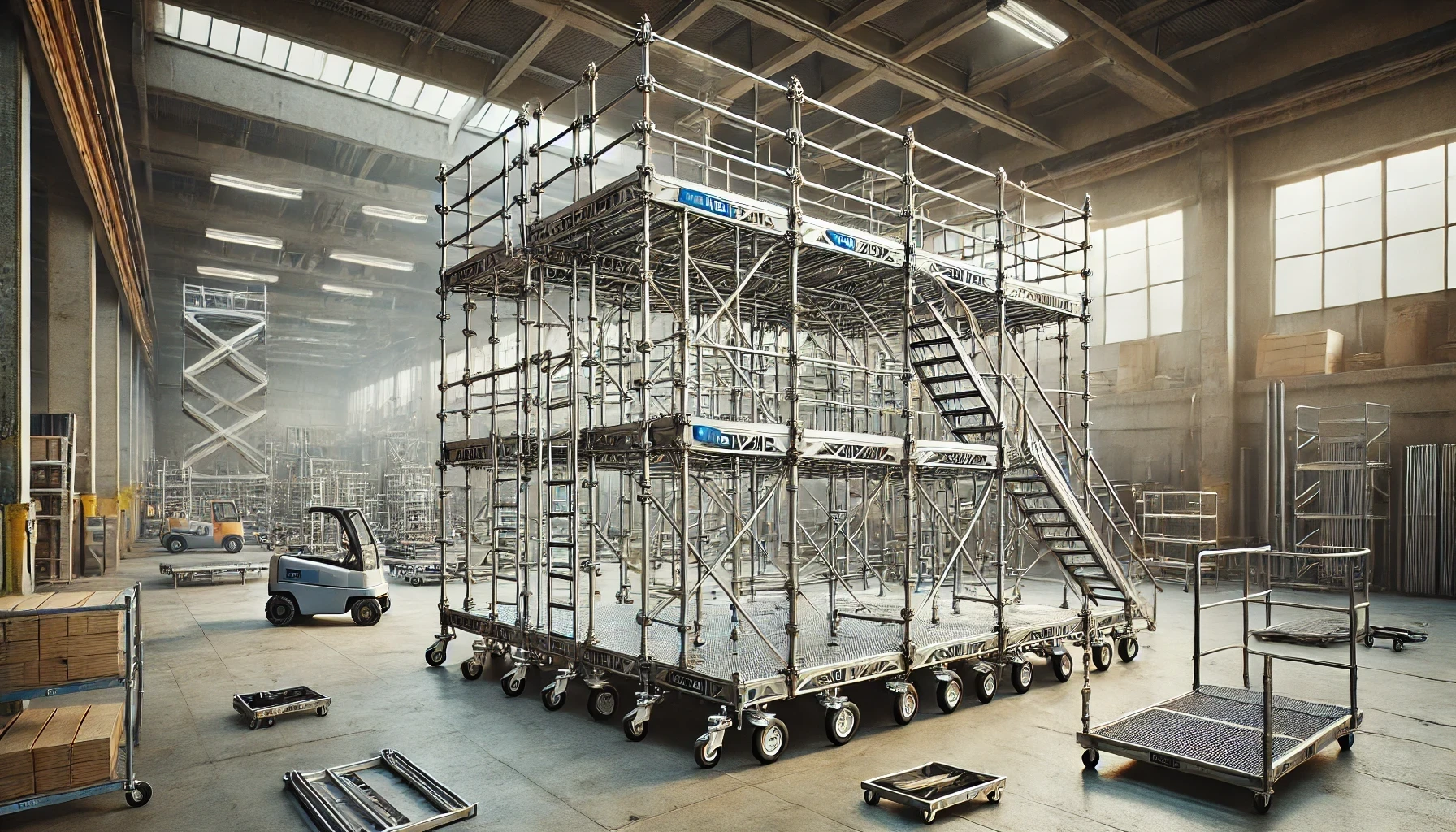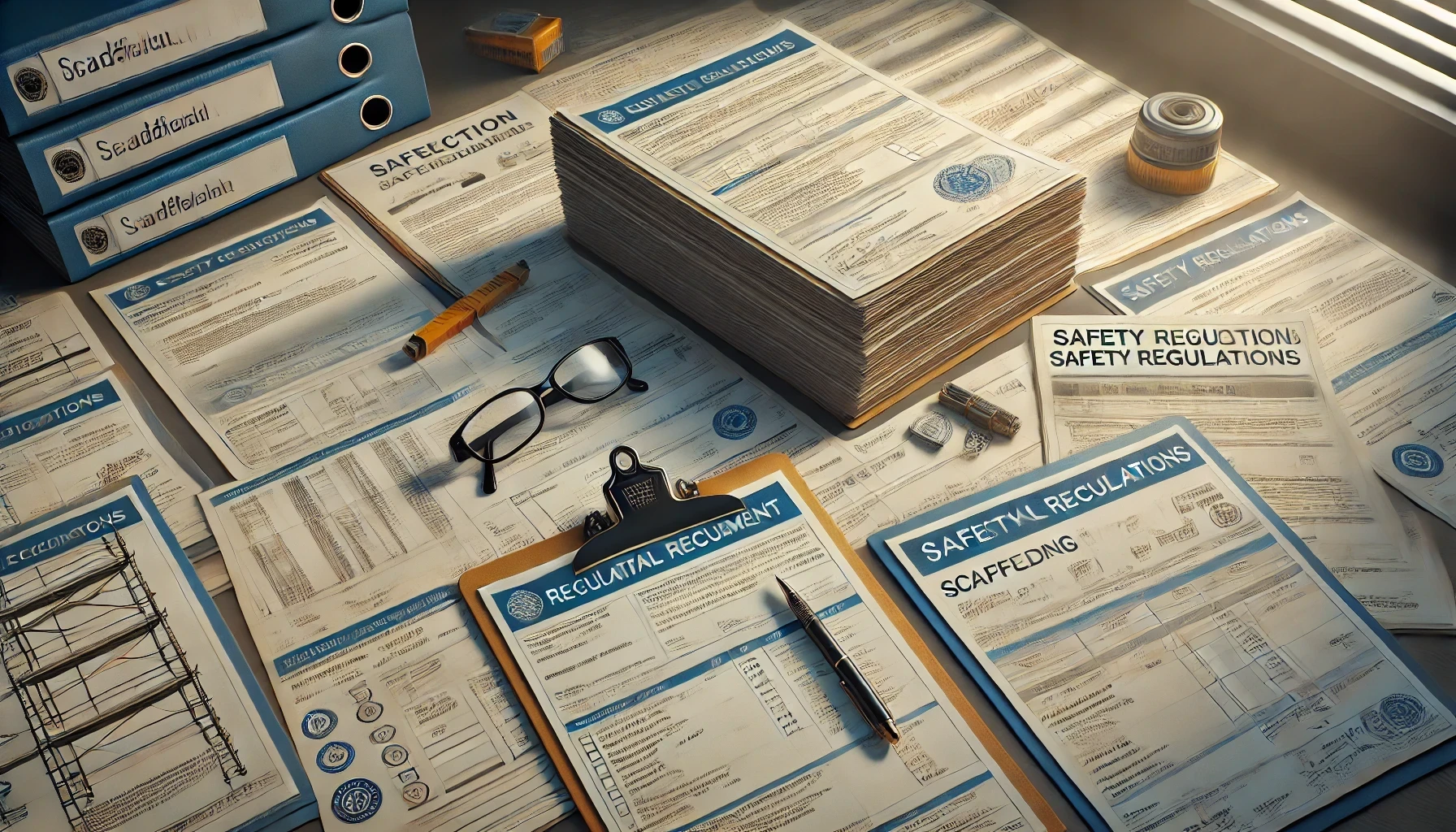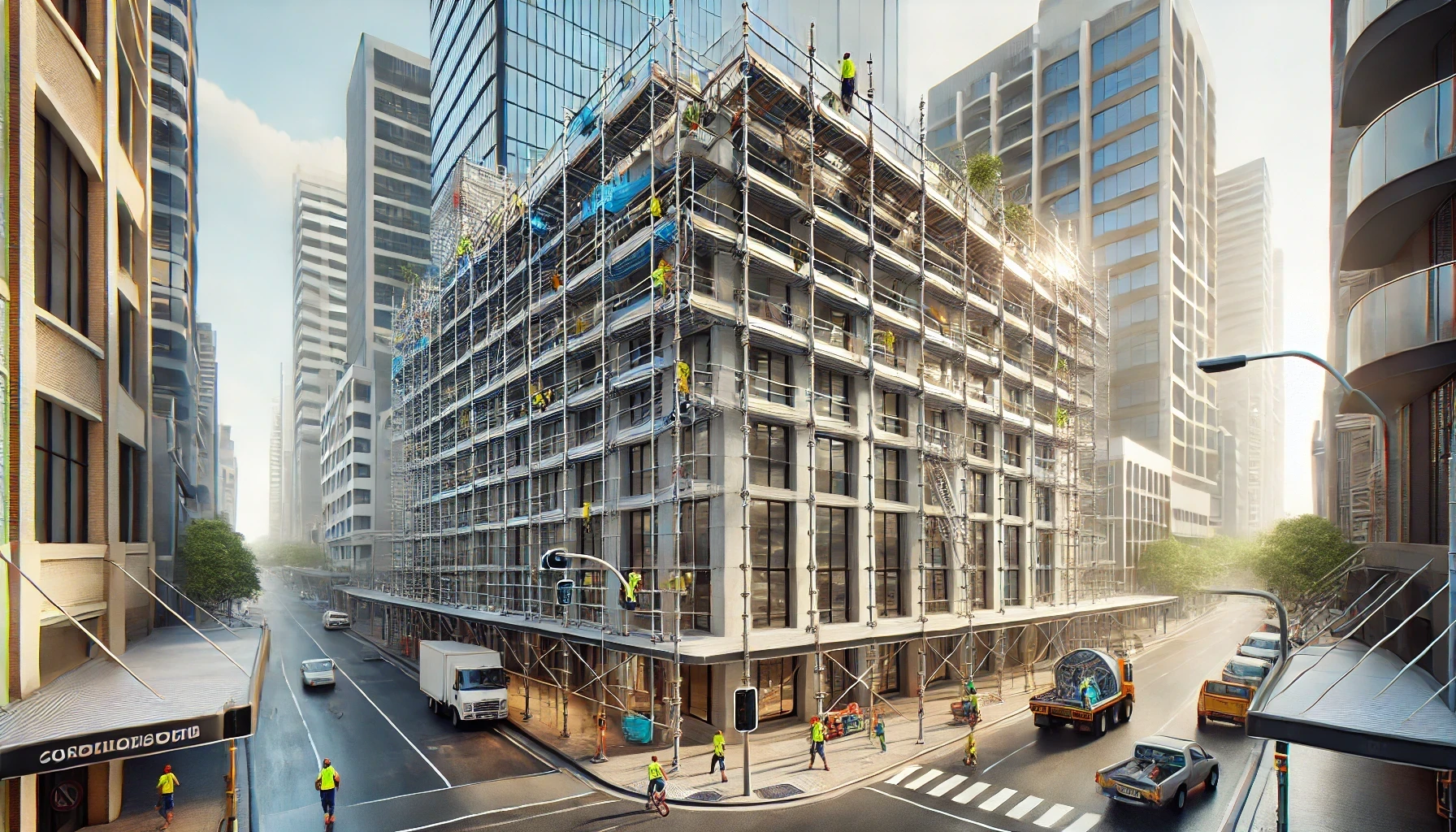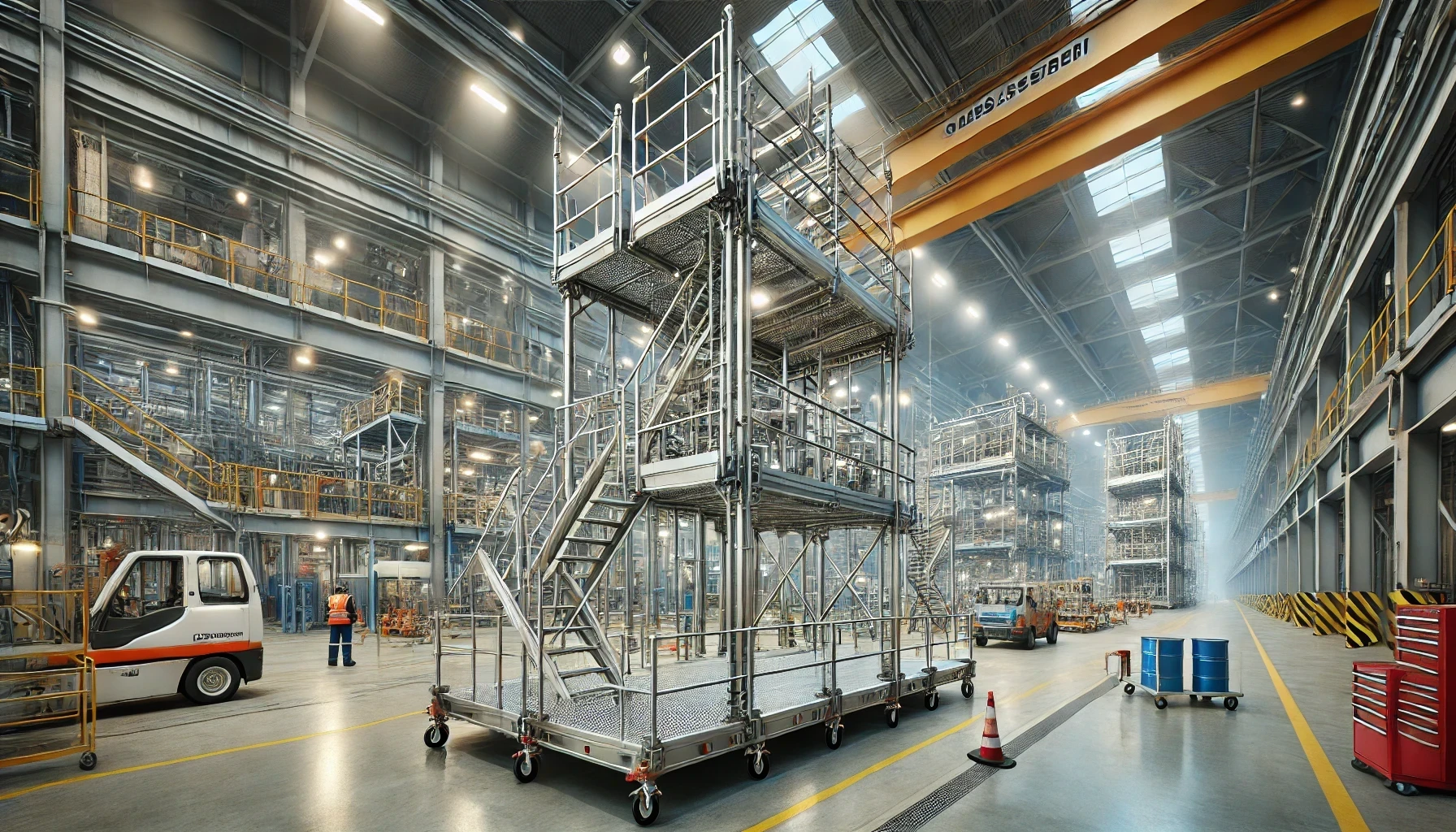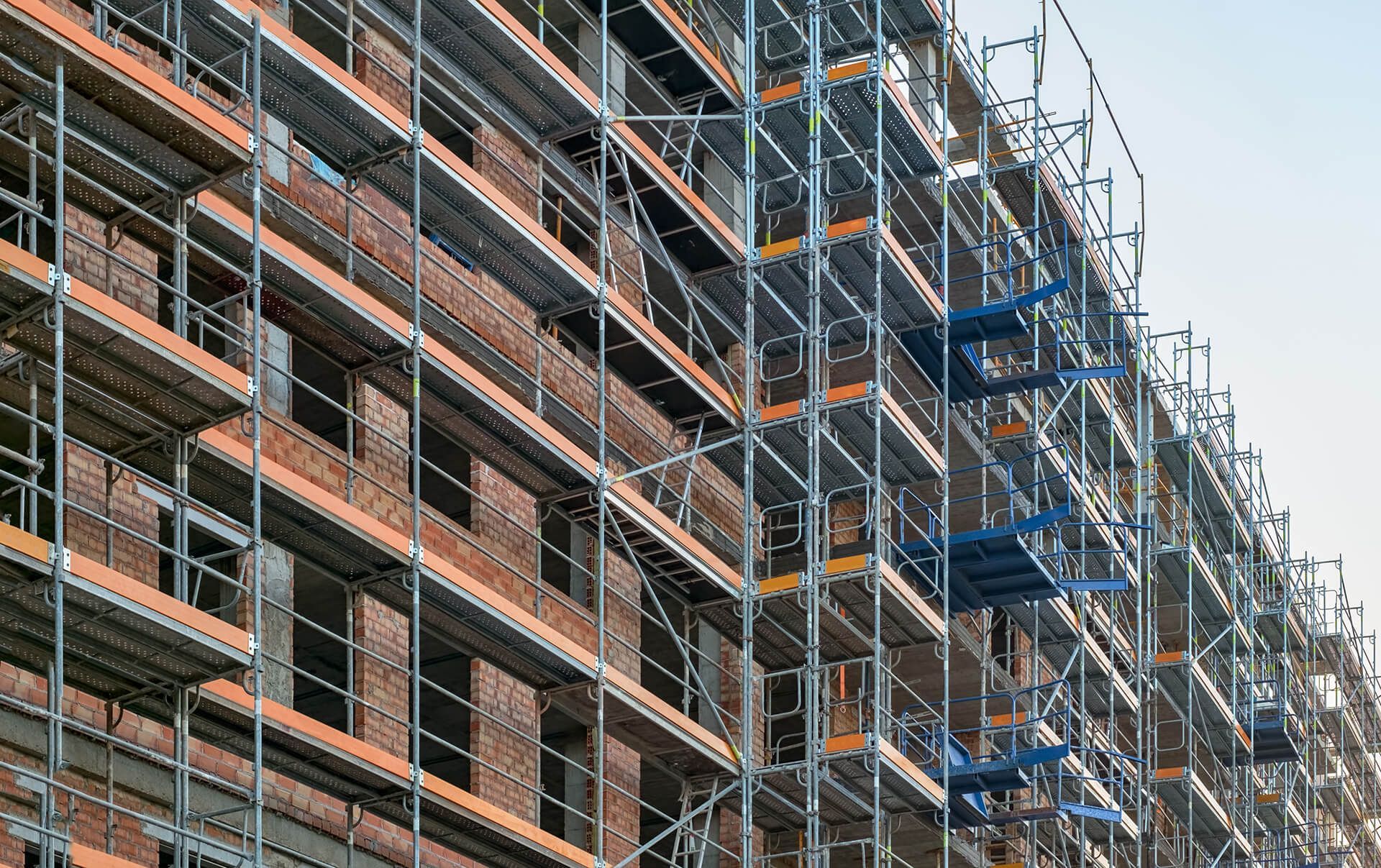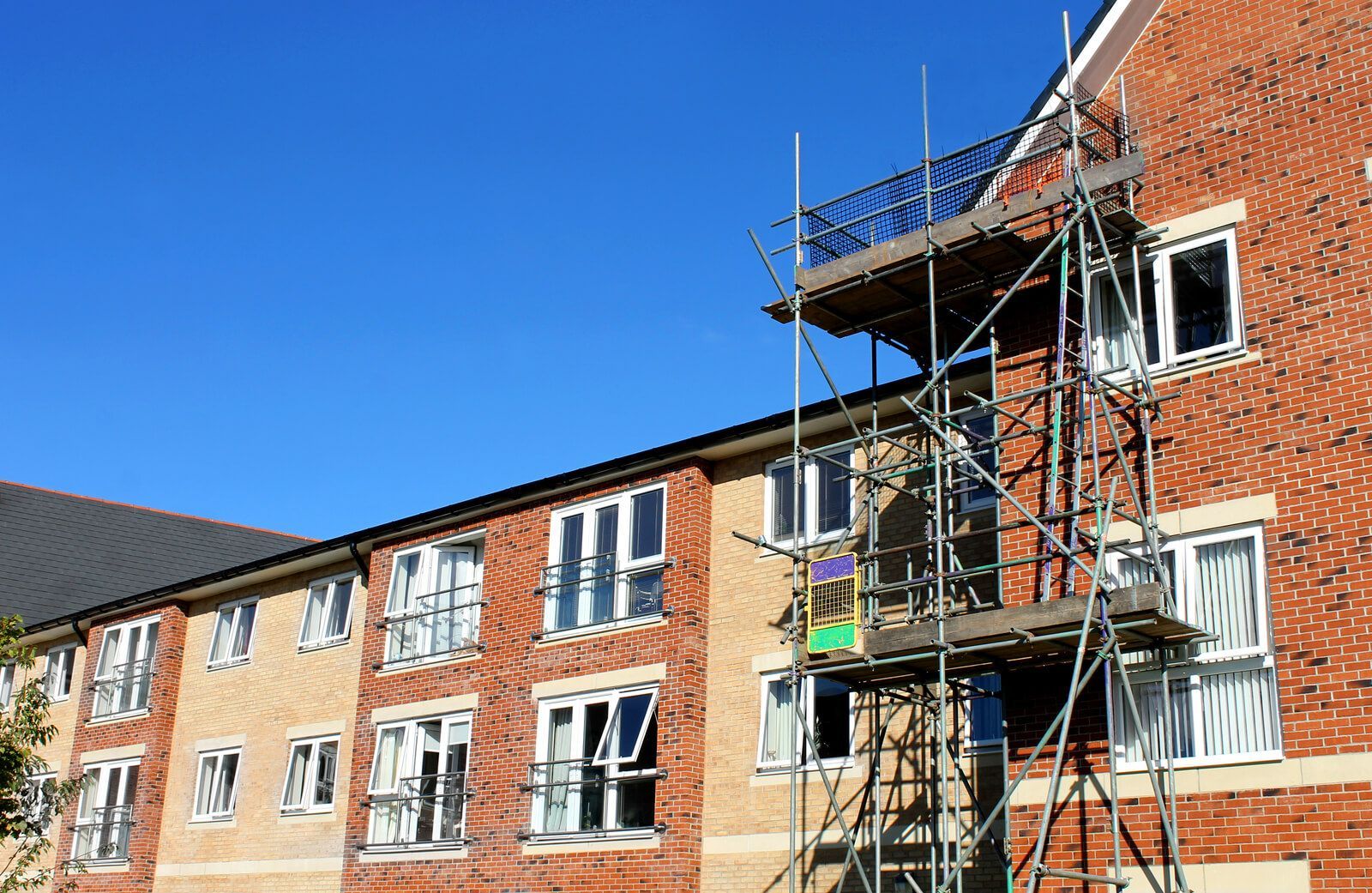Key Components of Scaffolding that Ensure Safety
In this article we outline key scaffold components and describe their essential roles in construction safety and efficiency.
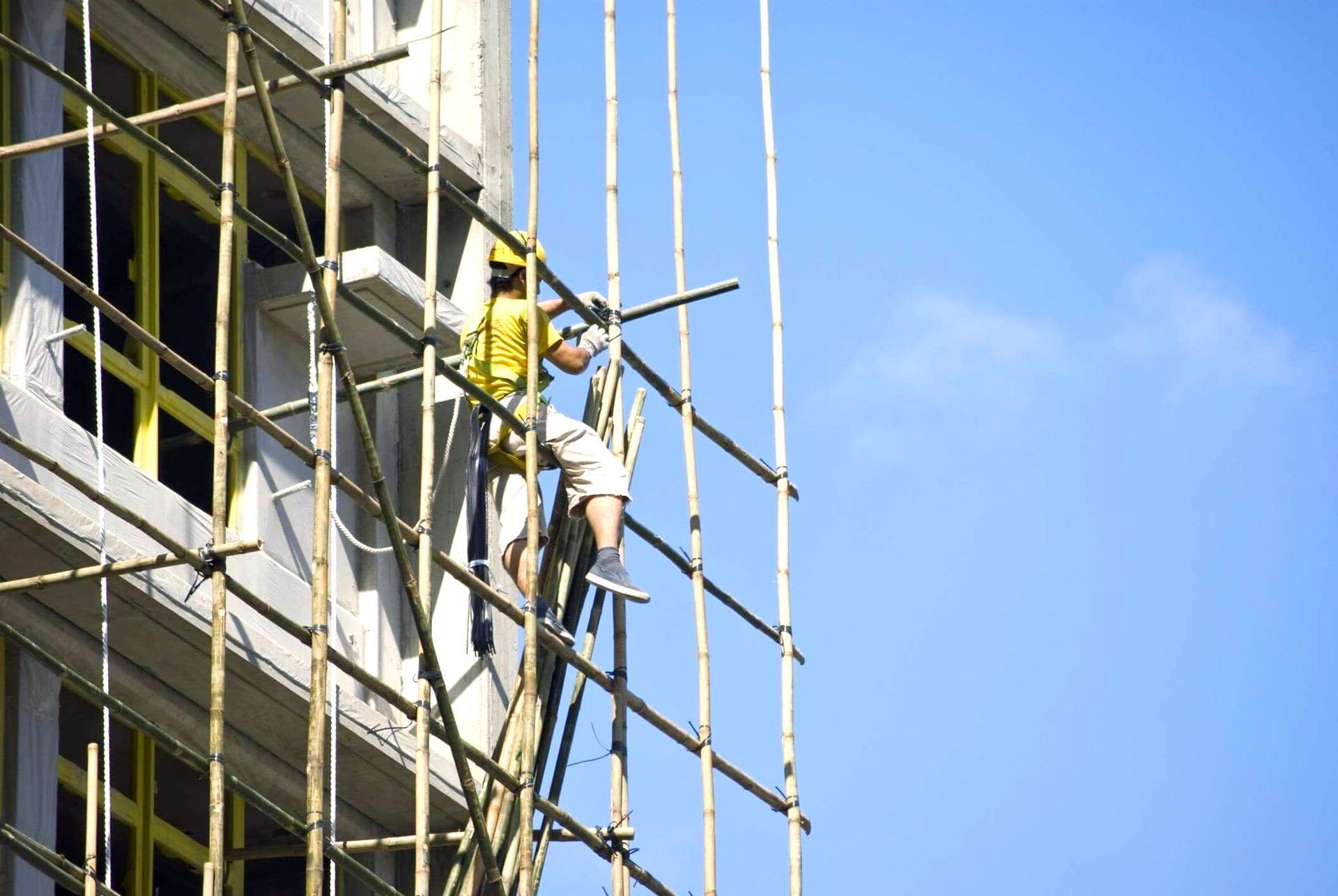
Brisbane Scaffolding Co.'s summary of key scaffolding components
In scaffolding, safety is always the number one priority. We summarise below the key components present in every scaffolding structure that contribute to overall safety throughout construction processes.
- Sole plates and screw jacks: These foundational elements help stabilise the scaffold by distributing its weight evenly across the ground and offering height adjustments to cope with uneven surfaces. This ensures the scaffold remains stable and secure, reducing the risk of tilting or collapse.
- Standards, ledgers, and transoms: Standards provide vertical support, while ledgers and transoms connect these vertical elements horizontally. This setup ensures that weight is evenly distributed not only at the base but throughout the scaffold's structure. Staggering the joints of these elements prevents structural weaknesses and potential collapse points, enhancing overall safety.
- Bracing systems (longitudinal and transverse): These braces prevent lateral movement and sway, integral to maintaining scaffold rigidity. Their arrangement and the ability to adjust angles help adapt to various geometries and forces, ensuring the scaffold can withstand external pressures like wind or load shifts.
- Safety features (specifically toe boards and putlog transoms): Toe boards prevent tools and materials from falling off the scaffold, protecting workers below. Putlog transoms support planks and create openings for ladders, facilitating safe movement within the scaffold.
These components should be meticulously designed to support compliance with Australian safety regulations and withstand the physical demands of construction environments. Proper scaffold assembly is critical in preventing accidents and ensuring worker safety.
Further details on key scaffolding components
Below we provide further detail into each of these components discussed above.
- Sole plates: Sole plates are timber boards placed directly on the ground under each scaffold leg. They help distribute the weight of the scaffold evenly across the surface, preventing sinking or instability. Updated practices in Queensland, Australia, require sole plates to extend across the width of the scaffold, a shift from previous practices which recommended a single plate per leg.
- Screw jacks: Positioned directly on the sole plates, screw jacks are adjustable supports that help level the scaffold on uneven ground. They consist of a threaded shaft with a handle that allows for vertical adjustments. They can be secured to the sole plates through holes in their bases to prevent movement.
- Standards: These are the vertical tubes that carry the weight of the scaffold. They are equipped with connectors for securing other components and have a socket at the top for inserting additional standards, facilitating vertical extension.
- Transoms: Transoms extend across the width of the scaffold and support the planks on which workers stand. They fit into lower sockets of the standards, and their T-shape provides a secure ledge for planks.
- Ledgers: Ledgers run along the length of the scaffold, connecting standards across the length. They are fitted into the top sockets of the standards using a wedge system, which ties the scaffold together horizontally.
- Braces: Longitudinal braces run the length of the scaffold and stabilise it against longitudinal forces. Transverse braces are cross braces that enhance lateral stability, preventing the scaffold from swaying side to side.
- Hop-up brackets: These are used to extend the working platform width. They support additional planks and are secured by tie bars to maintain alignment and stability.
- Putlog transoms: These are specialised transoms used to create openings for ladders or other access within the scaffold. They are inserted around the scaffold bars, with bolts securing them in place.
- Toe boards: Toe boards, usually 150mm high, are crucial for maintaining a secure work environment. These are installed at the edges of platforms to prevent materials or tools from falling off. They must be secured properly to meet Australian safety regulations, often using wires or special clips.
- Tube and fitting: Used for custom scaffold configurations where standard components don’t fit. They provide a flexible solution that can be adjusted and secured even when parts are not tightly bolted.
These components work together to provide a safe and stable structure essential for various construction and maintenance tasks.
Longitudinal and transverse bracing
We have in the past noticed insufficient bracing when inspecting scaffold setups, and want to further highlight the functions of bracing systems in ensuring structural stability and safety.
- Longitudinal bracing: These braces run along the length of the scaffold. Their primary function is to prevent the scaffold from swaying forward and backward, which stabilises the structure against longitudinal forces. Longitudinal braces are typically installed one per bay, with every fourth bay reinforced in longer scaffolds to maintain integrity and safety at higher elevations. The bracing zigzags up the scaffold, increasing rigidity as it ascends.
- Transverse bracing: Positioned across the width of the scaffold, transverse braces enhance stability against lateral movements. This is crucial in preventing the scaffold from tipping sideways. These braces can be aligned uniformly or in a zigzag pattern up the scaffold ends, allowing for flexible adaptation to various scaffold widths and configurations.
Both types of bracing are integral to maintaining a scaffold’s overall stability by distributing and balancing forces that could otherwise lead to structural failures. Their configuration is designed to optimise safety and functionality, ensuring the scaffold can support workers and materials effectively without risk of collapse.
Toe boards
Lastly, we also want to highlight the critical role and necessity of toe boards in maintaining safety on scaffolds.
- Purpose: Toe boards are installed around the edges of the scaffold platforms. Their primary role is to prevent tools, debris, and other materials from slipping or being kicked off the platform, which could endanger workers or passersby below. This barrier minimises the risk of accidents and injuries caused by falling objects.
- Installation and standards: The toe boards used in scaffold setups are typically as high as 150mm. They need to be securely attached to the scaffold structure, either by being wired in place or using specialised clips that ensure they remain fixed and do not shift or detach. For areas where standard components do not fit, or where gaps are present, custom solutions such as using timber planks are employed to maintain the continuity and effectiveness of the toe boards.
- Regulatory compliance: Adhering to Australian safety standards for toe board implementation is not only a best practice but a regulatory requirement in many States. This ensures a uniformly safe working environment across all levels of the scaffold.
Toe boards are a simple yet essential safety feature of any scaffold setup, significantly enhancing worker safety by addressing potential hazards posed by loose materials on elevated platforms.

Factors to Consider Before Choosing Commercial Aluminium Mobile Scaffold Tower Hire in Brisbane, QLD


